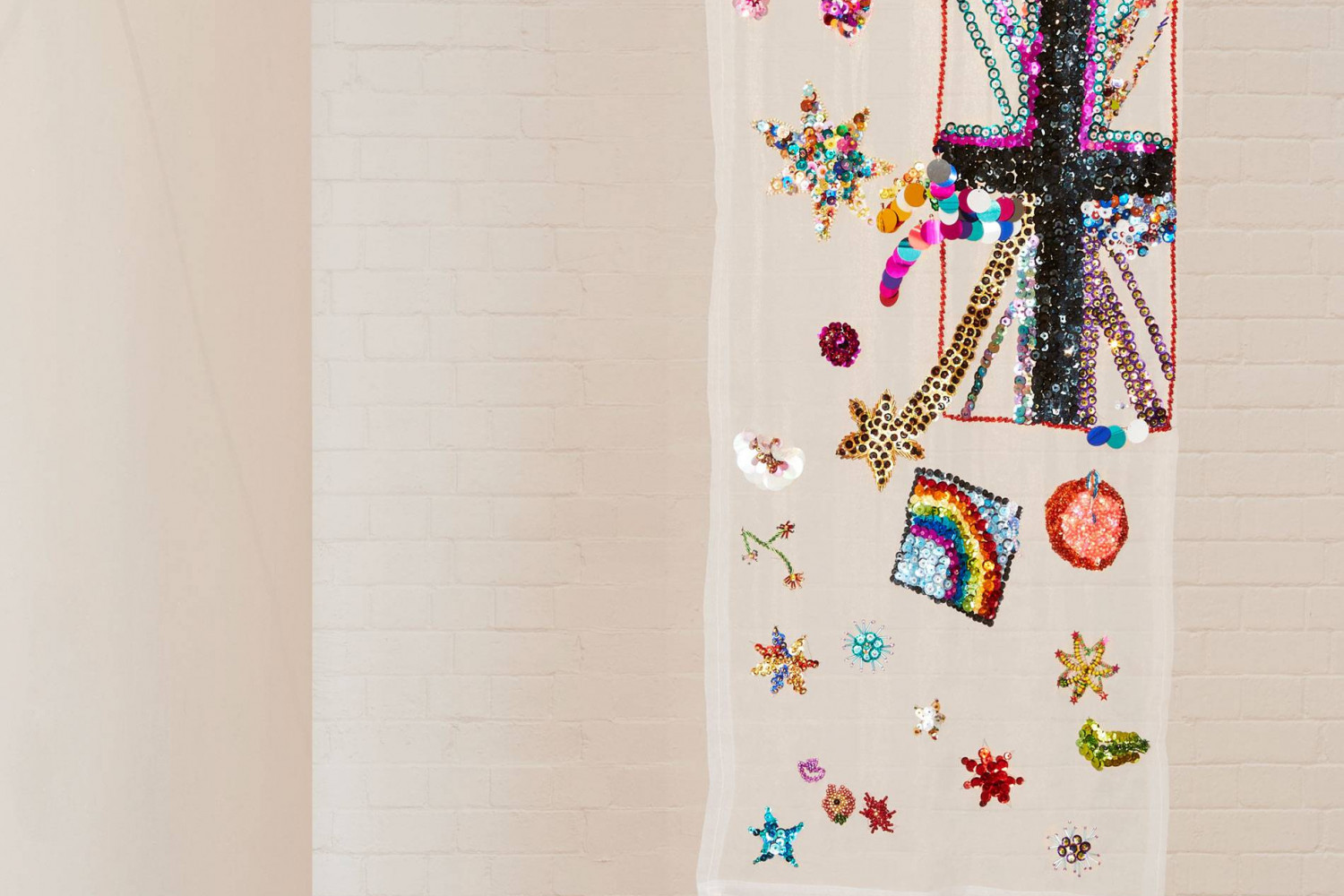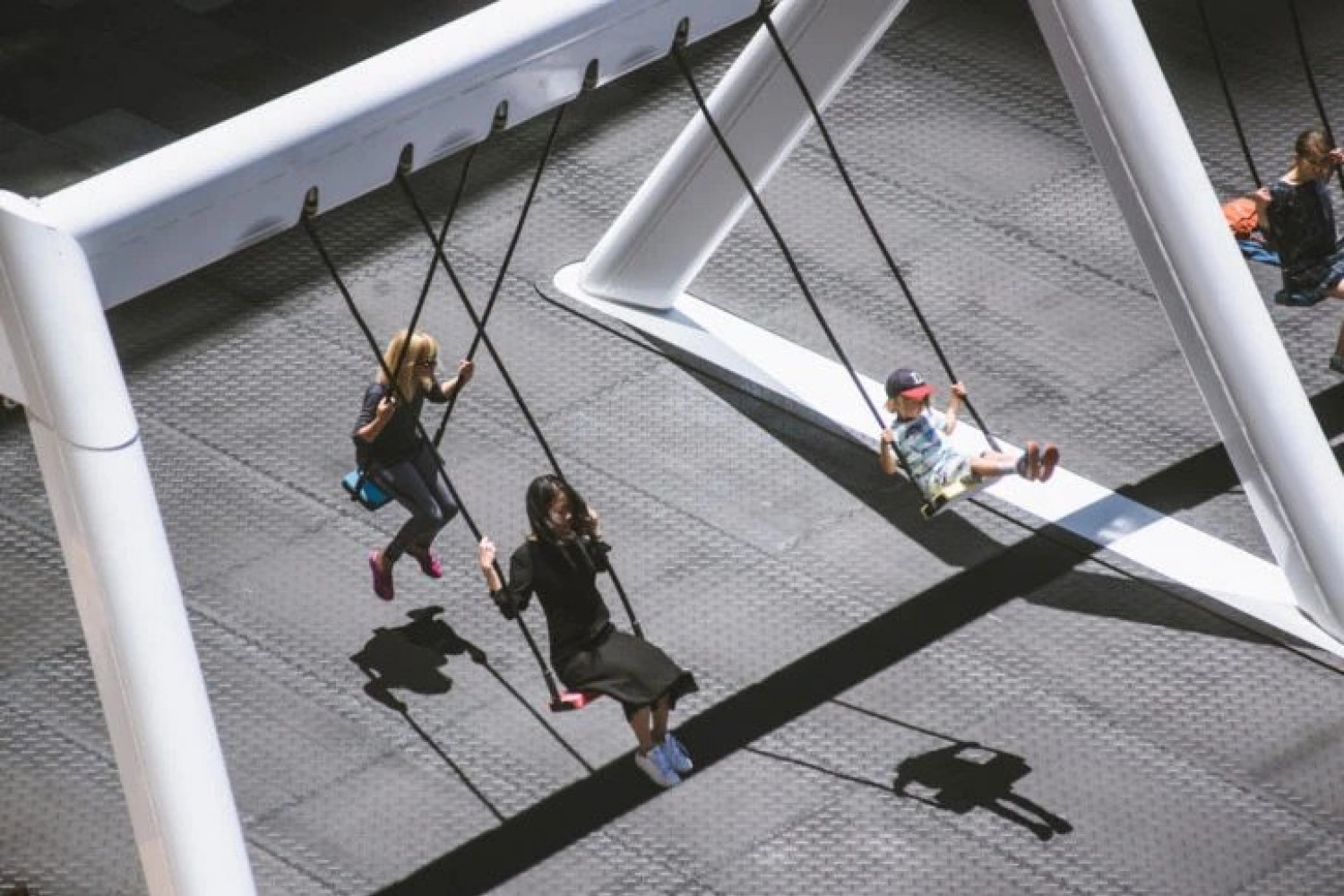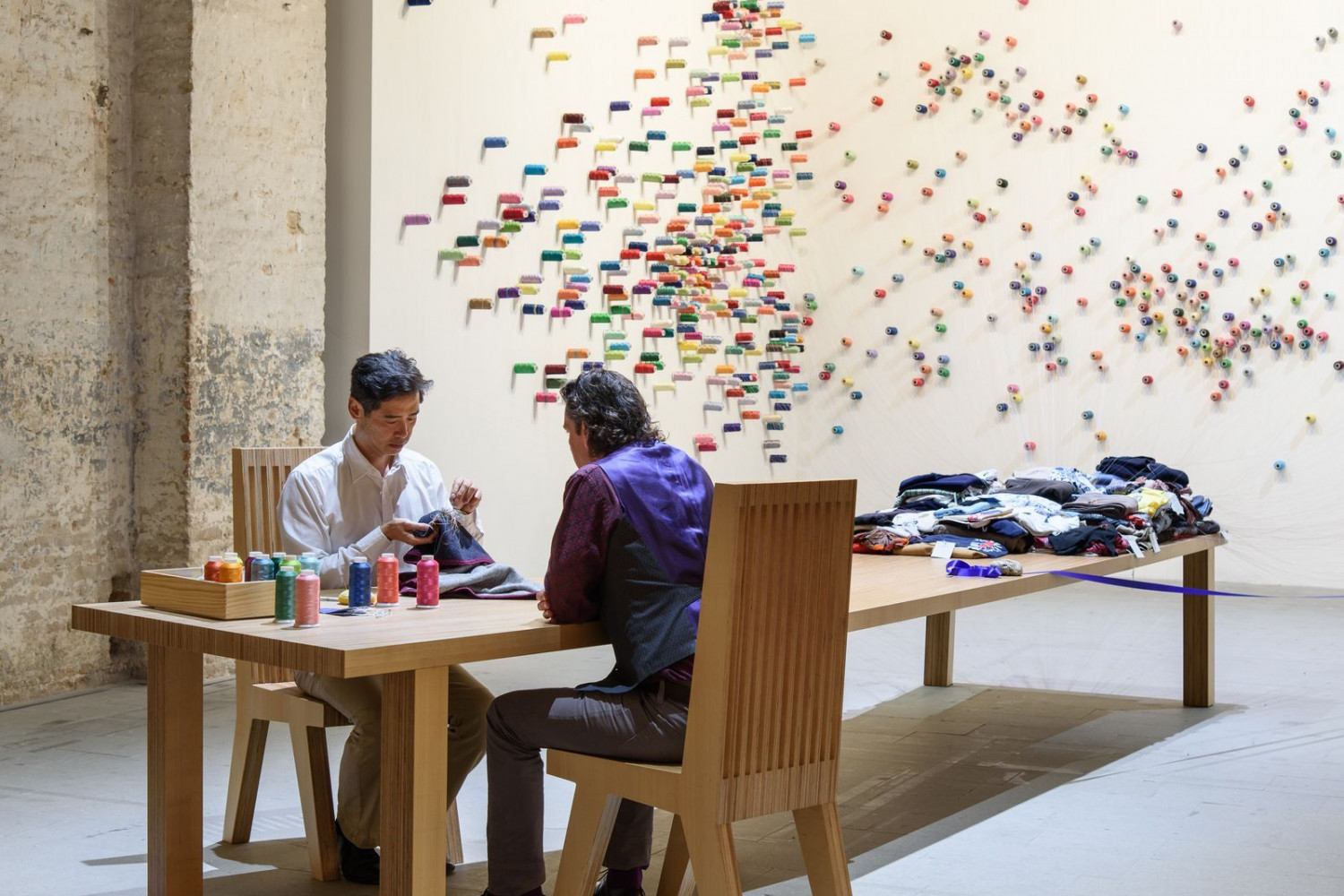
Emerging participatory art practices are challenging traditional systems of how audiences interact with art, but how does this affect the way art is consumed?
‘DO NOT TOUCH’ signs in museums and galleries are being replaced by contemporary artists’ invitations to participate, to interact and to become a part of the artwork itself – in 2015, artist Jeppe Hein even titled his public art exhibition in New York: ‘Please Touch the Art’.
Participatory art is redefining the relationships between audience, artist and artwork, and creates a deeper sense of engagement through collaboration.
Having more inclusive and accessible encounters with art through participatory works of art reflects the evolution of the art museum from an elevated space of cultural sanctity in the twentieth century to a democratised site of public engagement.
The process of interaction allows the viewer to connect to the work’s themes – the artist invites the audience to step into the artwork and place a piece of their own identity into it, which brings a personal element of meaning into the experience.
Participatory art can include co-creation, artist-facilitated experience and physical interaction during the exhibition. Depending on the audiences that pass through the space, this dialogue allows malleable outcomes shaped by audience interaction.
Co-Creation
Liam Benson is an Australian artist who collaborates with Parramatta Artist Studios, creating alongside community members to share their stories through the co-creation of the works.
The ‘Participatory Community Embroidery’ flag decorated in workshops facilitated by the artist encapsulates interpretations of Australian national identity, celebrating our country’s cultural and individual diversity through an inclusive process that reflects their creative conversation through artmaking.
Artist-Facilitated Experience
Yayoi Kusama’s ‘Obliteration Room’ at Brisbane’s QAGOMA started as a white room, and visitors were given sheets of coloured dot stickers to decorate the space with. Over its exhibition, the room evolved, shifting emphasis on creative processes and how the artwork evolves, rather than traditional notions of only valuing the final result.
Daily Tous Les Jours’s installation ’21 Balançoires’ across 7 cities worldwide consists of swings that trigger musical notes, distinguished by the colours of the seats. Sounds are created as the swings move in unison, creating unique melodies depending on participants.
Physical Interaction
Deborah Kelly’s ‘Coal is Over’ plays on ideas of protest around political and environmental issues such as the very relevant issue of coal-mining. The artwork displays a series of framed posters plastered with the slogan ‘COAL IS OVER,’ and viewers are able to take a poster, reproducing the message to exemplify the reach of the work.
On the other hand, visitors were encouraged to bring an article of damaged textile to Lee Mingwei’s ‘The Mending Project’, last activated at the 57th Venice Biennale in 2017. Audiences could watch as the artist mended each item with colourful spools of thread attached to the walls, and the mended textiles with all their threads still attached were then displayed for the duration of the exhibition.
“By synthesising life with art, experience-based encounters create an active dialogue and enhance visibility through interaction on a level beyond surface-level viewing.”
Interactive artworks create an active viewing experience to deepen connection and curiosity surrounding art and practice. By inviting viewers to become a part of the artwork, participatory art brings a new meaningfulness to the experience of art consumption and breaks down hierarchies of artist, artwork and audience.
These boundaries can be further democratised, out of the gallery and into the public realm – this adds an element of site-specificity and another layer of meaning into the experience. For example, Jeppe Hein’s ‘Mirror Labyrinth NY’ absorbs the Brooklyn Skyline as well as its audience into it, creating a fusion of its people and its place.
At Art Pharmacy we are big believers in the importance of being engaged with art and artists through conversations to break down barriers between audience and artist in all types of spaces.
Do you think art needs some element of audience participation to be memorable and meaningful?












